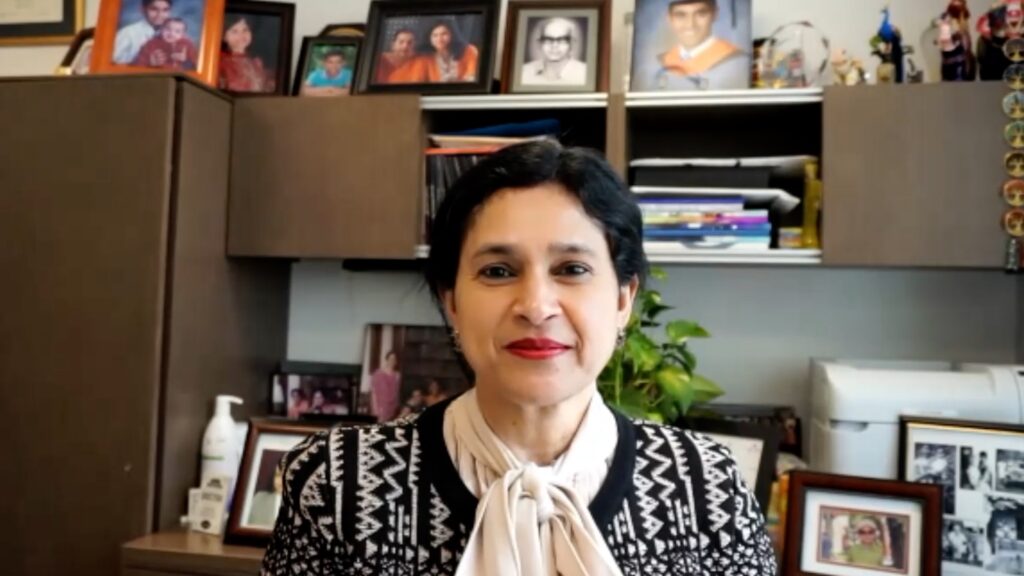
Dr Jean-Phillippe Couderc has dedicated the past ten years to quantitative electrocardiography focusing on the development of novel techniques for the analysis of the ventricular repolarisation from the surface electrocardiogram (ECG) in human and in various animal models. Dr Couderc is the author or co-author of numerous publications in computational science and engineering, numerical analysis, and computer science applied to electrophysiological signals. He is holding a SGE position at the Center for Drug Evaluation and Research for the US Food and Drug Administration. Dr. Couderc is principal investigator and a co-investigator in several federal-funded research grants. He has been invited for lectures at universities, laboratories, and industrial research centers in U.S and Europe involving consulting experience with industry and national agencies (NIH and EPA).
Here, he joins touchCARDIO to discuss an AI-based method that demonstrates a reliable and accurate contactless monitoring method for detecting atrial fibrillation (AFIB), reducing burden on patients and reducing need for wearable devices. This has leveraged novel monitoring technology called facial videoplethysmography in smart devices and patient self-acquired videos to monitor for irregular pulse rates in AFIB patients.
Q. What are the major unmet needs in the monitoring of irregular pulse rates in AFIB patients?
Most existing monitoring technologies for the detection of AFIB are invasive, expensive or require some types of efforts from the patients: periodic battery charge, recording procedures and remembering to use the wearable every single day. These simple constraints are often seen as a huge burden by users leading to attrition of these devices over time, especially in patients with chronic disease. The technology we have developed is called “HealthKam AFib”, it can passively detect elevated or irregular heart rates. The technology enables contactless and passive monitoring of pulse using the video sensor of smart devices. Importantly, this technology does not record, send, or communicate any video of the users thus protecting patient privacy. Currently, it is evaluated in cardiac patients with atrial fibrillation and in patients with congestive heart failure.
Q. Could you give us an overview of the new technology you have been investigating?
Six years ago, we started developing a method to extract information about heart activity using expensive video equipment. Over the years, we were able to have this technology working with cameras embedded in smart devices such as smartphones, tablets and laptop computers. Today Healthkam is used by cardiac patients in our community, and we are currently evaluating how the technology can detect the presence of elevated and irregular heart rates for the detection of AFIB. The results we have presented at the HRS meeting are our preliminary assessment of the technology when combined with an AI approach for the extraction of a pulse rate in patients who undergo ablation or electrical cardioversion.
Q. What are the major advantages of this technology?
HealthKam works in the background as soon as the users start their smart devices. There is no need to follow any specific procedure, our monitoring is effortless for the users, no need to think about it. Healthkam monitors heart rate while individual works on emails or watches their favorite series on their tablet. Because HealthKam is just an APP, we can quickly distribute this tool to many people wherever they are, and track their heart rate. Our novel and innovative monitoring concept leverages the time spent by individuals on smart devices and computers to acquire pulse rate effortlessly and for an indefinite period of time.
Q. Could you tell us a little about your recent study and its findings?
Over the past few years, we acquired lots of data using Healthkam across many demographics. We have a robust technique for measuring pulse passively and we are conducting a large clinical trial funded by the NIH to confirm our initial results on the ability of this unique concept to help patients being notified when their heart does not beat as expected.
Q. What will be the next steps in the development of this technology?
We are working on adding additional physiological measurements of HealthKam AFib in addition to patient self-reported information. We will complement the health profile of HealthKam AFib users to help them and their physicians to improve the management of their disease.
Support: Commissioned, developed and supported by Touch Medical Media.
Published: 19 May 2020










